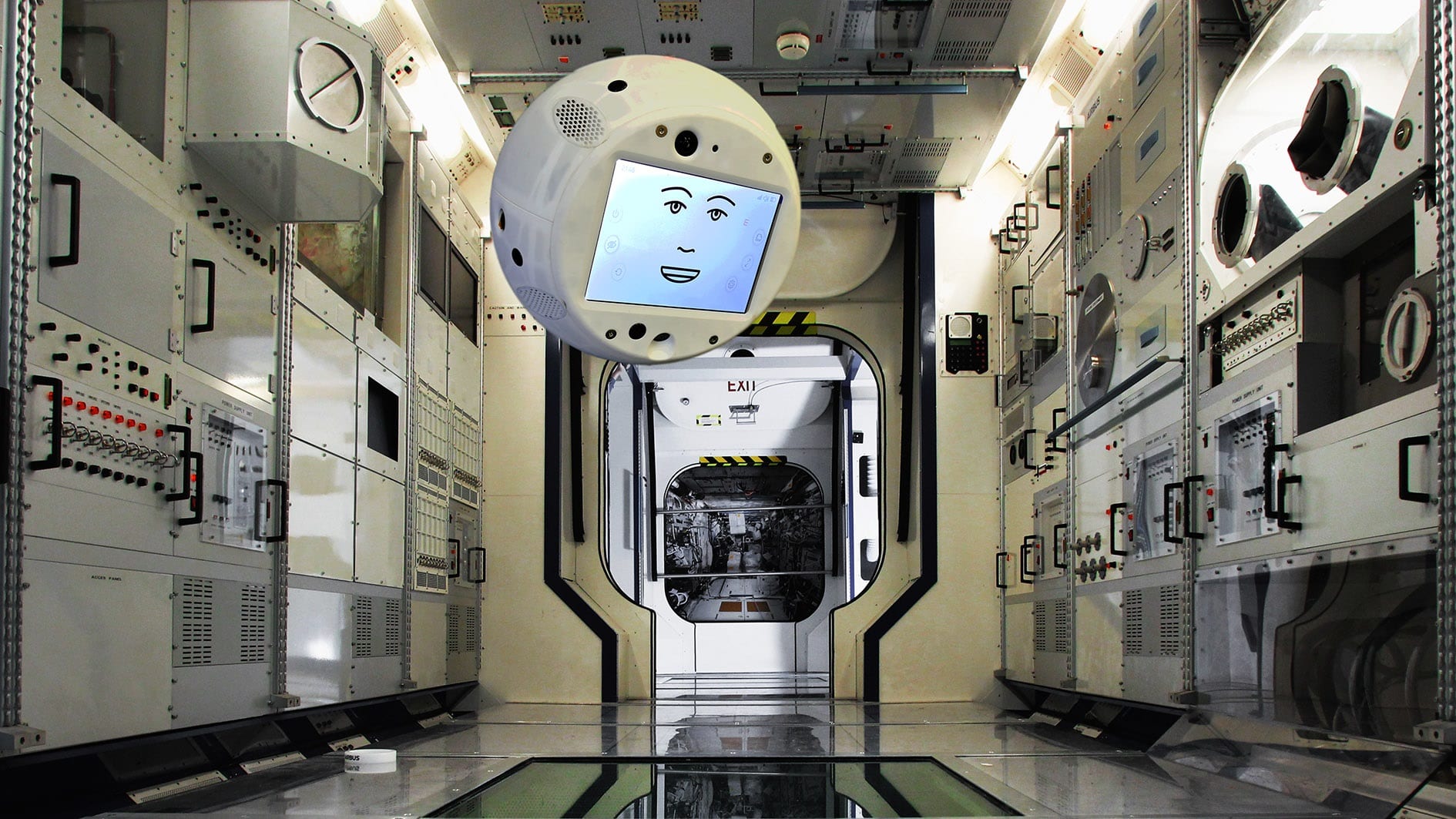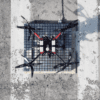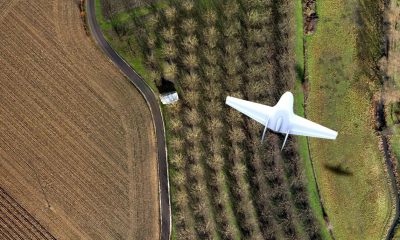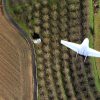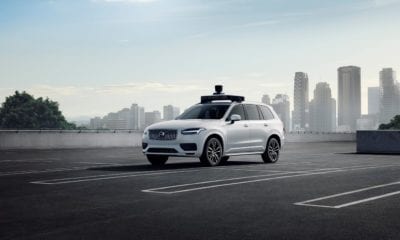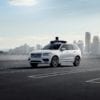Intelligent Flying Assistant Drone to Help ISS Astronauts
Airbus and IBM are taking the concept of a smart assistant for astronaut crew into space in the form of a spherical free-flying AI drone. Remember intelligent space computer Holly from English science fiction comedy series “Red Dwarf”? For those of you that don’t, crew members Lister could talk to her via a human head interface in a computer screen, requesting information and advice.
CIMON (short for Crew Interactive MObile Companion, or Interactive Mobile Companion for the crew), goes one step further with the ability to float around the International Space Station providing assistance where needed to crew. On behalf of the space agency DLR, geophysicist Alexander Gerst will test the demonstration technology, which is the size of a medicine ball and around 5 kg in weight, during the Horizons mission of the European Space Agency that will be held at the ISS between June and October 2018.
“In short, CIMON will be the first IA-based flight and mission assistance system,” said Manfred Jaumann, head of Microgravity Payloads at Airbus. “We are the first European company that will take the ISS a free flyer, a kind of flying brain, and that will develop artificial intelligence for the crew on board the space station.” Pioneering work is also being carried out on the fabrication of CIMON’s complete structure, made of plastic and metal, and which has been created using 3D printing, continues Jaumann.
CIMON is designed to help astronauts perform routine tasks, for example, visualizing procedures or offering solutions to problems, thanks to their neural network of AI and their ability to learn. It uses Watson AI technology from the IBM cloud and, with its face, voice and artificial intelligence, it becomes a true “colleague” on board. With CIMON, crew members can not only work through a schematic view of checklists and necessary procedures, but can also relate to their assistant. CIMON thus simplifies the work of astronauts when performing routine daily tasks, helps them improve efficiency, facilitates the success of the mission and improves safety, since it can also be used as an early warning system for technical problems.
Initially, Airbus considered the concept of the assistance system as part of a self-funded study. Subsequently, in August 2016, the DLR space agency based in Bonn commissioned the development of the project to Airbus aerospace experts.
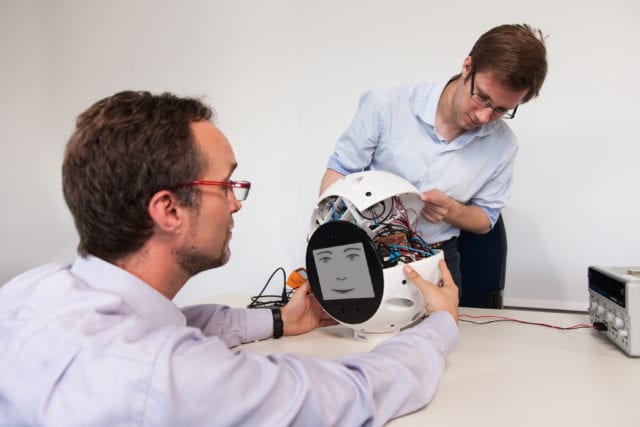
Technicians working on Cimon | Airbus 2018/PA
Since then, an energetic 50-person project team, including members of DLR, IBM and the Ludwig-Maximilian University of Munich (LMU), has collaborated to ensure that CIMON takes shape and comes to life: the system is learning to orient and move, accumulate knowledge with the help of Watson AI technology and is training to recognize his human colleagues.
The Watson AI has been trained, among other things, using voice samples and photos of Alexander Gerst and procedures and plans of the Columbus module of the International Space Station have also been loaded into the database. Alexander Gerst has also participated in the selection of the face of the screen and the voice of CIMON’s computer, so that he has also been able to “build friendship” with his electronic colleague.
Once the functional test of the system has been completed, Gerst will work in the space with CIMON in three moments: they will experiment with crystals, they will collaborate to solve the Rubik’s cube and they will carry out a complex medical experiment using CIMON as an “intelligent” flying camera.
In its first space mission, CIMON will be equipped only with a selected series of capabilities. In the medium term, aerospace researchers also plan to use the CIMON project to examine the group effects that can appear in small teams over a long period of time and that may arise during long missions to the Moon or Mars. The social interaction between people and machines, between astronauts and assistance systems equipped with emotional intelligence, could have a prominent role in the success of long-term missions. The Airbus developers are convinced that, here on Earth, the development of assistance systems could play a role in hospitals and social assistance in the future.
CIMON will be tested for the first time in March 2018: the 31st parabolic flight campaign of the DLR will focus especially on the testing and optimization of CNG algorithms (Guidance, Navigation and Control) in zero gravity conditions.

